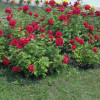Growing a rose from seeds: rules for preparing and planting seeds
Content
Advantages and disadvantages of the method
Roses from seeds, the cultivation of which will take time and attention, are bred when you need to get many plants at once. If you take the seeds of your roses, then you can be sure of the result, since the plant will retain all the features of the maternal gene. This is convenient if you need to replace old ones that have suffered from frost, diseases or something else, but your favorite flowers. In addition, this breeding method remains the most economical. When buying seeds, one cannot be one hundred percent sure that the result will correspond to the descriptions, but a healthy and strong plant will grow, and this is already important. Although for some reason not very large plants often grow from purchased seeds.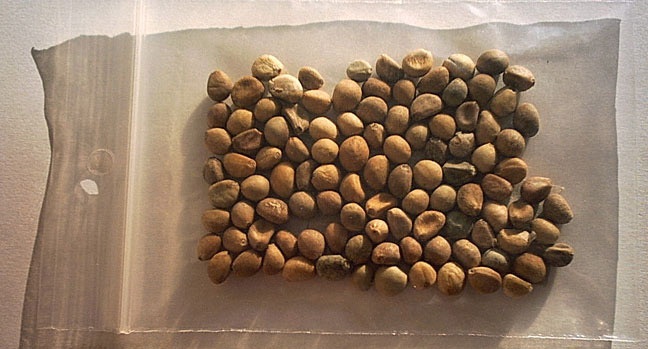
When growing roses from seeds, you need to remember that they may have wild shoots, which will have to be cut mercilessly so that the rose does not turn into a wild rose. Moreover, wild shoots are cut directly from the root collar, shortening will not help the case.
But not all types of roses can be propagated by seeds. This method is suitable for Chinese, miniature, cinnamon, polyanthus and spiny roses. Miniature roses, sown in spring, bloom fully in the first summer, and the rest can please with real flowering only after a year.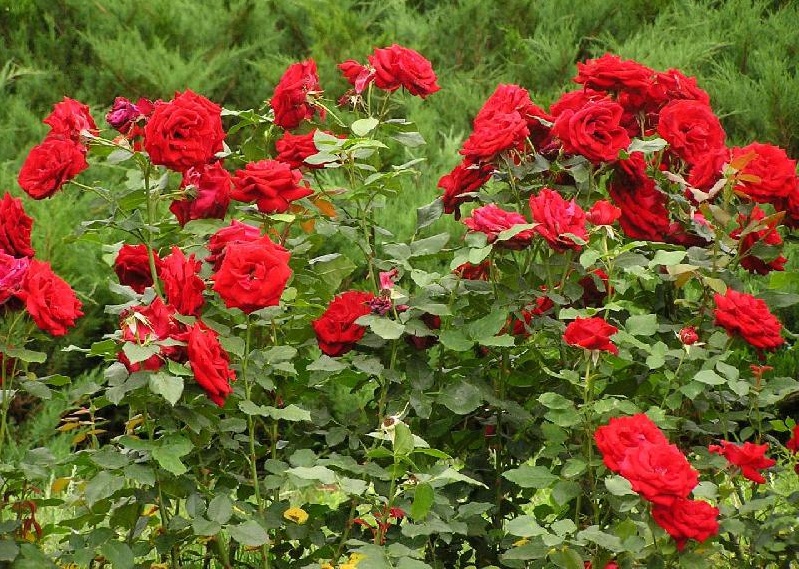
This method of reproduction is not suitable for hybrid varieties - the seeds will not transfer the properties of the mother plant, it is difficult to even imagine what will grow out of them. Most often, seeds and plants grown from them are used for breeding work. But among flower growers there are lovers of experimentation, and growing roses from seeds is a wonderful field for them.
Video "How to implement the method of growing flowers from seeds"
From the video you will learn how to properly grow a rose from seeds.
Seed, soil preparation and planting dates
The best germination rate is observed in slightly immature seeds, so they are harvested when the fruits only acquire their red color. The fruit must be taken whole, without traces of rot or damage, cut it and get the seeds, they may differ in color and size, but this does not at all indicate shortcomings. After extraction, the seeds are washed with a 3% hydrogen peroxide solution. It is convenient to do this by placing them in a fine strainer, and put it in a container with peroxide. Such a procedure will free the seed from the remnants of the pulp (which slows down germination) and will be an excellent prevention of fungal diseases. The procedure should be carried out for 15 - 20 minutes.
The washed seeds can be sown directly into the ground in the fall, or sown in the spring. And you can grow seedlings at home, and then plant them when warm spring weather is already established. But for good germination, the seed must be stratified.When sowing in autumn, nature will create all the conditions for this; in all other cases, conditions must be created artificially with the help of a refrigerator. The seeds are placed between two cotton pads (or pieces of gauze rolled several times), abundantly moistened with the same hydrogen peroxide, put it all in a tightly closed tray or a plastic bag, which is left on the bottom shelf of the refrigerator for 2 months. You can put it in a cellar, basement, unheated storage room, the main thing is that the air temperature remains within the range from +2 to +5 degrees. The seeds need to be periodically ventilated, remove moldy ones, if any, moisten cotton wool or fabric. If mold begins to appear on the seeds, they need to be washed again with peroxide, it is better to moisten the cotton wool. Seeds bought in a store are recommended to be soaked for several hours in a growth stimulant; stratification is mandatory for them.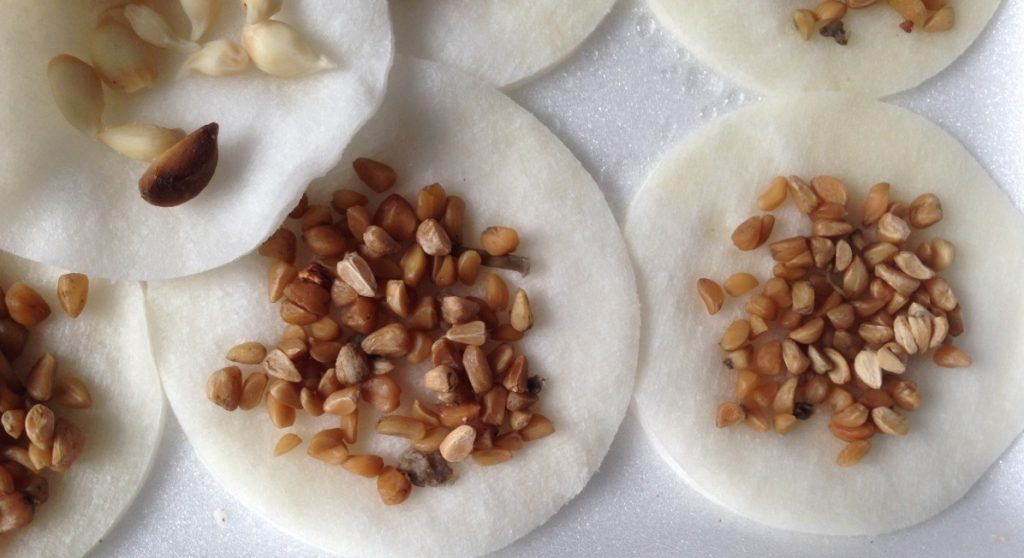
As soon as the sprouts hatch, the seeds are sown in the ground. Sandy-peat soil is best suited, the seeds are lightly pressed into it with your finger and sprinkled with a thin layer of sand. Small pots, plastic cups are perfect for growing seedlings, it is convenient to use peat cups. As soon as shoots appear, the soil is mulched with a thin layer of perlite, this should protect the seedlings from the black leg.
For germination, the optimum temperature is +18 degrees, when young sprouts will grow and gain strength, they will be comfortable at a slightly higher temperature, it is better that it does not rise above +22 degrees. They need to be placed in a bright place, shaded from the strong sun, but the daylight hours should be extended to 10 hours. Water the seedlings sparingly, just not allowing the land to dry out.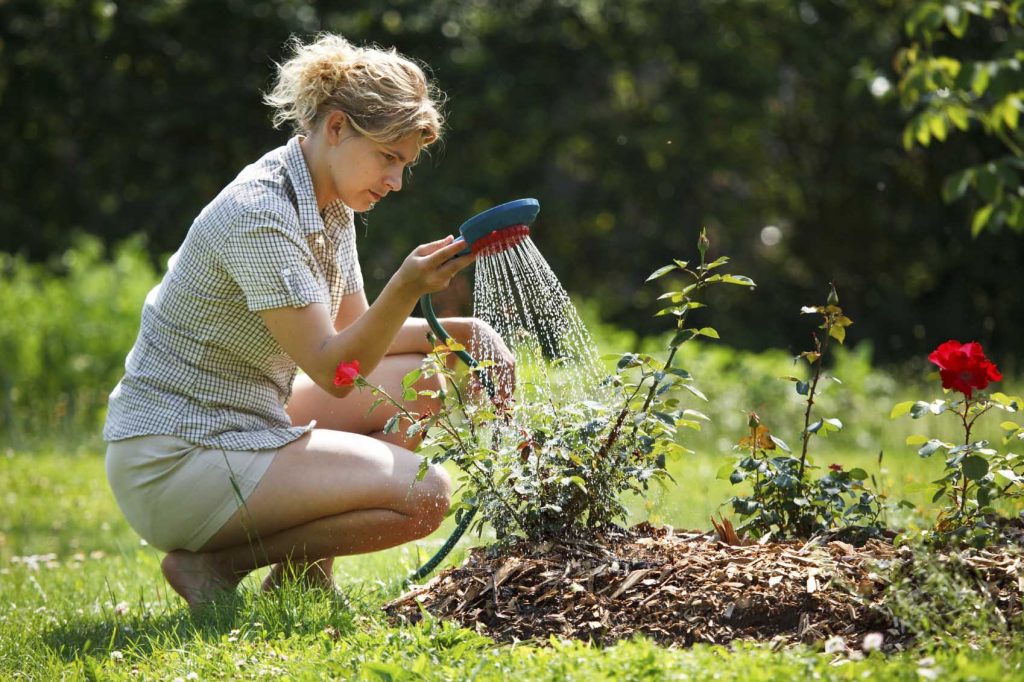
It is better to plant seedlings in the spring, when the weather is already warm and no frosts are expected. If they can happen even in May, then a small greenhouse should be built over the seedlings. It is not worth planting seedlings in the fall, it is better to just sow the seeds in open ground, because in the spring they will germinate perfectly.
The soil should be light, fertile and non-acidic. Best of all, roses will like the humus-rich loam. Heavy soil should be mixed with peat and sand, it would be good to add compost or humus. The acidic soil is corrected by adding lime or dolomite flour. Before planting seedlings, the site is well dug to a depth of 30 - 40 cm, at the same time, you can improve the soil - add compost or humus, superphosphate, potassium sulfate.
Landing rules
For roses, they choose a bright, windless place, they love sunlight, but not heat, so the sun should shine on the ideal place for roses in the morning and evening, and during the day they should hide in the shade so as not to overheat. If roses or their close relatives also grew in this place earlier, then pests and pathogens of various diseases characteristic of this family can await the seedlings. To prevent this, you need to choose another place or replace a layer of soil with a thickness of at least 0.5 m.
Roses are planted not too far apart, approximately 15 - 20 cm should be left between future bushes. It is impossible to plant closer, because the shoots will shade each other, excessive thickening can provoke diseases.
And between the flowers planted far from each other, the earth warms up too much, which is why (and for decorative purposes, of course) it is better to place grass or ground cover plants between the roses, or simply mulch the ground around the bushes. Sawdust, cut grass are used as mulch.
Care after landing
Seedlings are usually little by little accustomed to the outdoors before planting, and the newly planted ones are hidden from direct sunlight. For the entire first week, it is advisable to create a light shadow for her. Watering should be done discreetly, as needed, if there is enough rain, then you can only loosen the ground under the bush after each rain.Roses are watered in the morning or in the evening, after the procedure, the soil is loosened, preventing the crust from forming. It is necessary to water under the stems so that water does not get on the greens; it is best to use water that has been settled and slightly warmed up in the sun so that its temperature does not differ from the air temperature.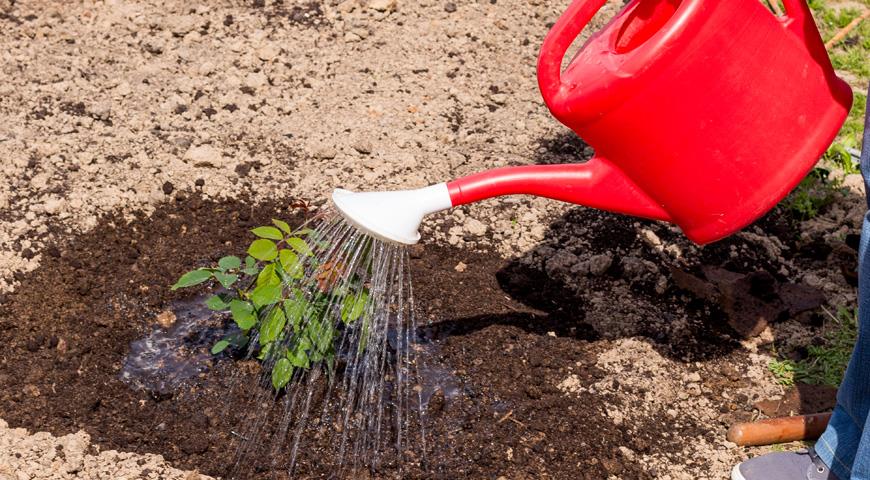
Roses grown from seeds, like everyone else, are usually fed two or three times per season. In the first half of summer or spring, nitrogen fertilizers are used, and later - potash fertilizers. Roses respond well to feeding with slurry, only manure must be insisted for at least 10 days (take 1 part of manure and 3 parts of water), and then dilute it tenfold with water. Slurry is poured under a bush that has just been watered, and the next day the land must be loosened. You can buy some kind of complex for flowering plants in the store. Experts say that any feeding should be stopped at the beginning of July, especially in areas with early and severe winter, because the bush will grow and prosper, will not have time to prepare for winter.
In the first year of life, roses do not need to be allowed to bloom, at least until August it is advisable to cut off all the buds, you can leave one on a branch in August so as not to weaken the plant. It is better to cut off all the buds, in the fall to prune - remove the damaged branches, shorten all the shoots by a third and cover the plant well for the winter. In the spring, most likely, pruning will not be needed at all; in the summer, you can sanitize the bushes at any time.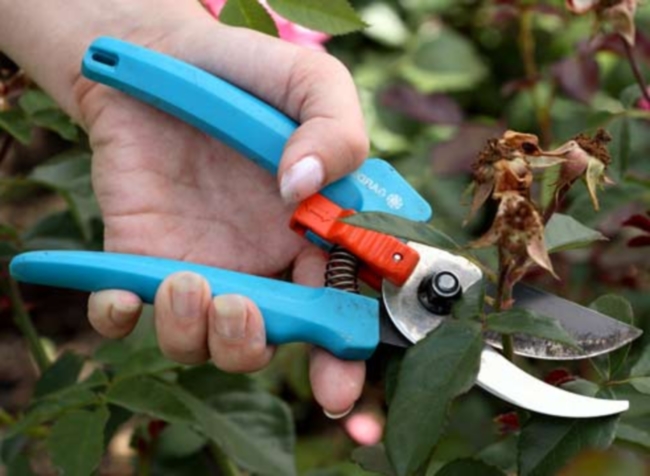
For prevention, you can treat young bushes with some remedy for fungal diseases, add ash to the ground around the bushes.
Rose Planting Video
From the video you will learn how to prepare the soil and what else you need to do in order to plant flowers correctly.


